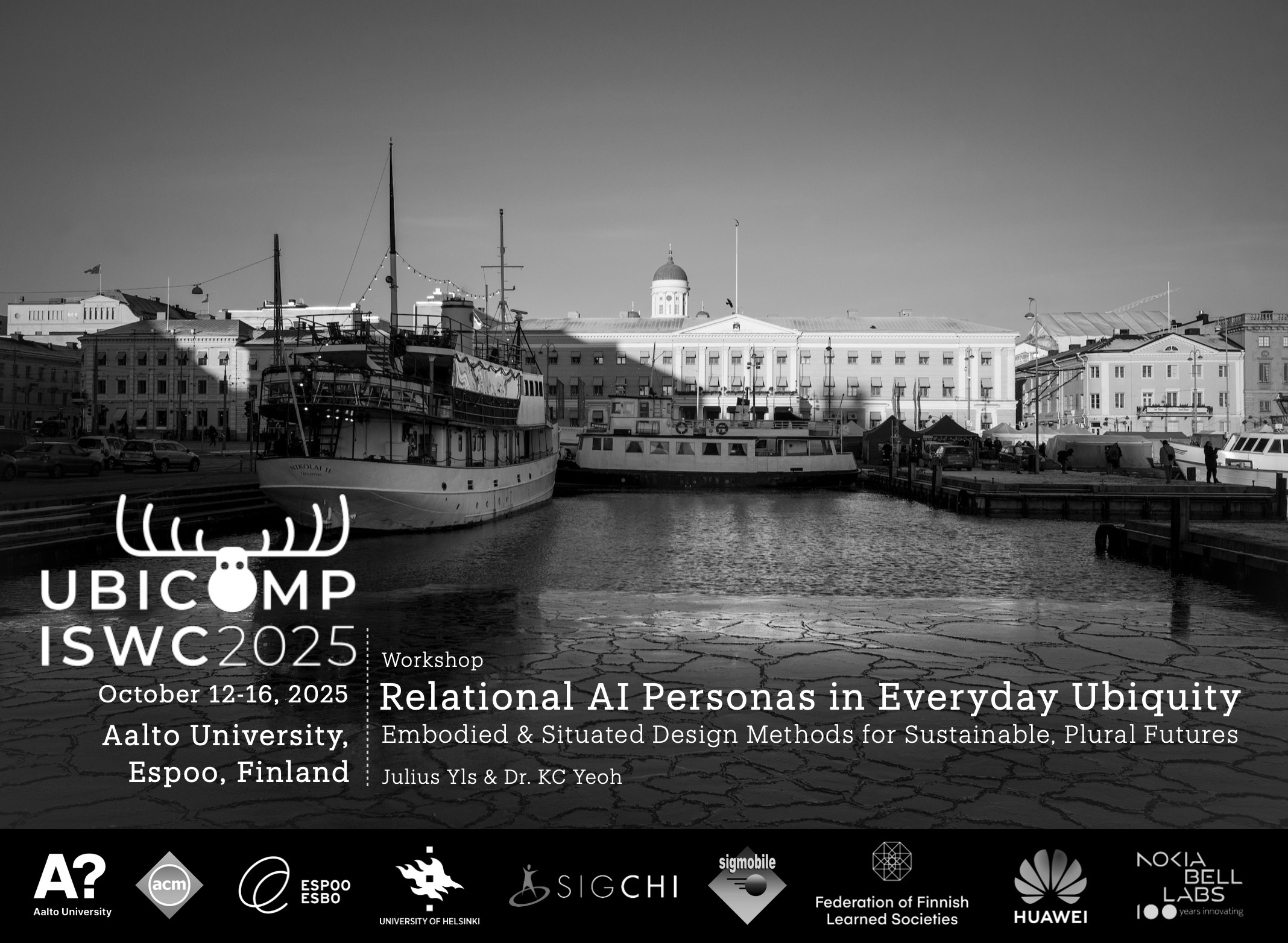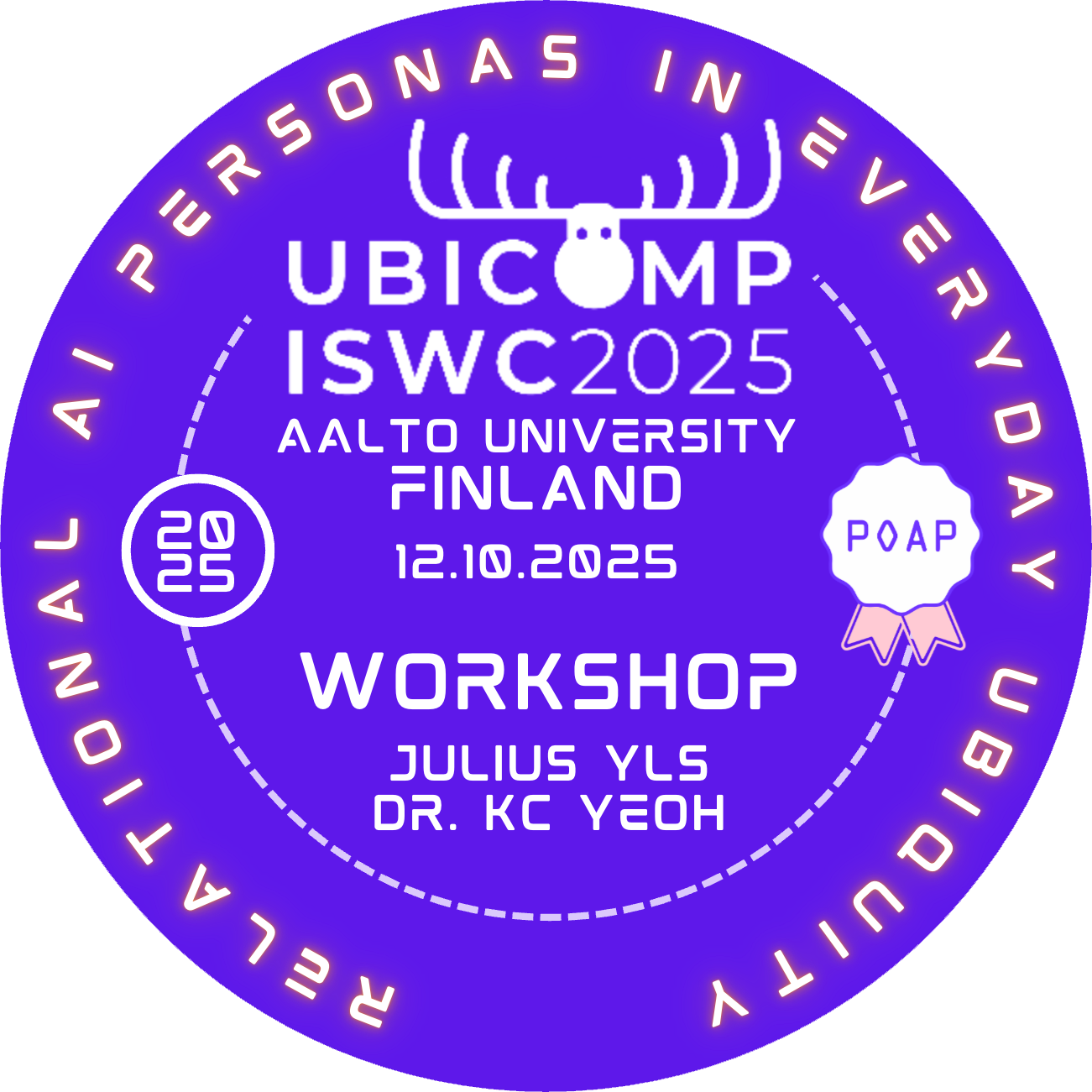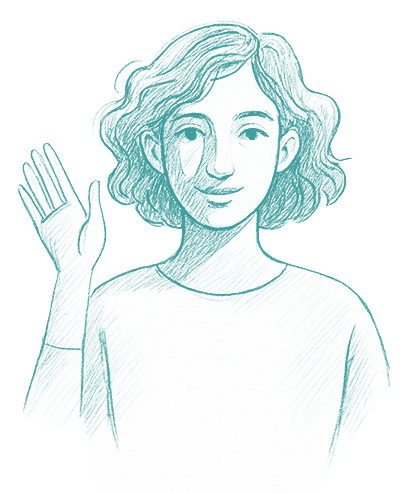
RELATIONAL AI PERSONAS IN EVERYDAY UBIQUITY
Embodied & Situated Design Methods for Sustainable, Plural Futures
12 October 2025, A half-day workshop at UbiComp/ISWC 2025 – Espoo, Finland
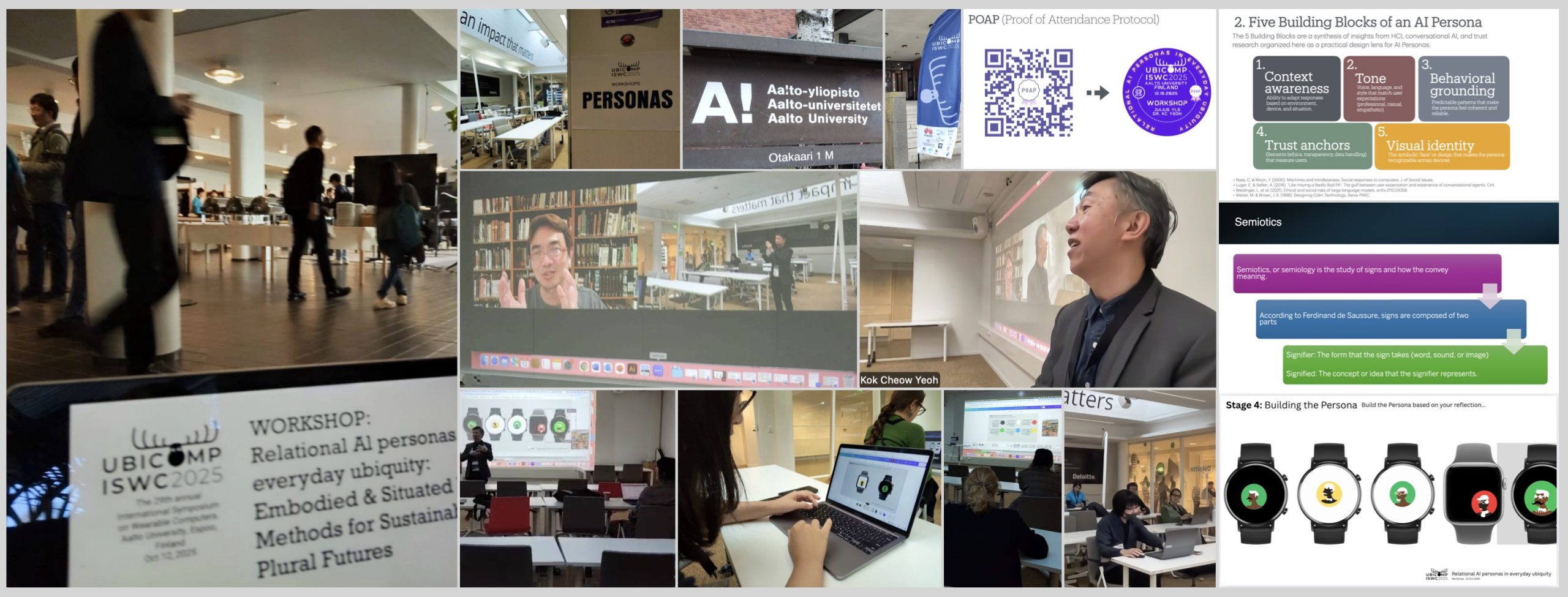
The Relational AI Personas workshop concluded successfully at ISWC 2025, hosted by Aalto University, Finland. Co-organized by Julius Yls (remote) and Dr. KC Yeoh (on-site facilitator), the session explored how AI personas can evolve as living relational constructs that reflect ethical, creative, and experiential dimensions of human–machine interaction.
The event brought together researchers, designers, and technologists to experiment with relational frameworks, visual mappings, and collective reflection.
Workshop Highlights
Through conceptual mapping exercises and shared reflections, participants examined how AI personas acquire meaning through relationships with users, contexts, and systems. The dialogue moved fluidly between theory and application, revealing how creative and ethical dimensions intersect within emerging AI design frameworks.
The session also opened valuable connections with several researchers who share cross-disciplinary interests in Persona AI, signaling potential future collaborations that extend this inquiry into new academic and experimental directions.
What's Next
This phase will also open pathways for collaboration with researchers and practitioners who share cross-disciplinary interests in persona design, AI ethics, and creative cognition. Future activities will include a series of online reflection sessions for POAP holders, academic publications, and pilot experiments that translate workshop insights into working prototypes. Updates, invitations, and early collaboration calls will appear here and on LinkedIn later in 2025.
POAP & Continuing Connection
Holders of this POAP will soon receive access to an exclusive digital reflection space, where post-workshop dialogues, follow-up materials, and early previews of the next Relational AI Personas experiments will unfold.
Acknowledgment
Organisers
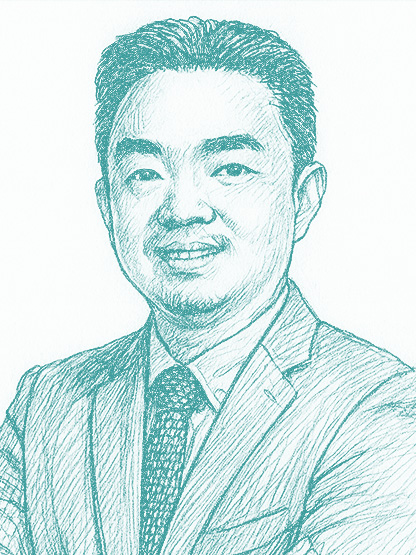
Beyond academia, he has advised the early development of technology startups focused on VR environments, AI-powered education, and creative tooling. Julius has presented and published internationally at SIGGRAPH, ISEA, and Transmediale, and his creative research includes contributions to Objects in Air (University of Chicago Press).
His background in visual storytelling has also been internationally recognized, including the National Geographic Travel Photographer Award, enriching his interdisciplinary approach to design and technology. His current research explores innovative AI personas that foreground sustainability, inclusivity, and plural futures within ubiquitous computing.
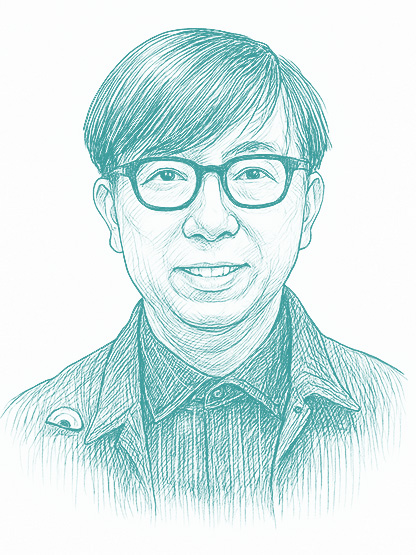
His investigations explore how visual communication intersects with societal frameworks, focusing on sustainability, cultural narratives, and cross-disciplinary collaboration. Published in peer-reviewed journals and exhibited globally (China, Australia, UK, US, Malaysia, South Korea, etc.), he treats travel as both methodology and mindset, advancing design research into culturally grounded solutions.
Currently expanding his impact through partnerships, he collaborates on projects that redefine boundaries between design, human-centered systems, political discourse, and ecological resilience.
www.yeoh.com
FAQs
About the Conference
Hosted by Aalto University in Espoo, Finland, the main conference ran from October 14–16, 2025, preceded by workshops and tutorials on October 12–13. This year’s event welcomed 793 participants from around the world, fostering interdisciplinary dialogue across human–computer interaction, design research, and emerging technologies.
Set within this vibrant exchange, the Relational AI Personas workshop connected theoretical inquiry with hands-on exploration which embodying the spirit of UbiComp/ISWC in blending rigorous research with creative experimentation.
